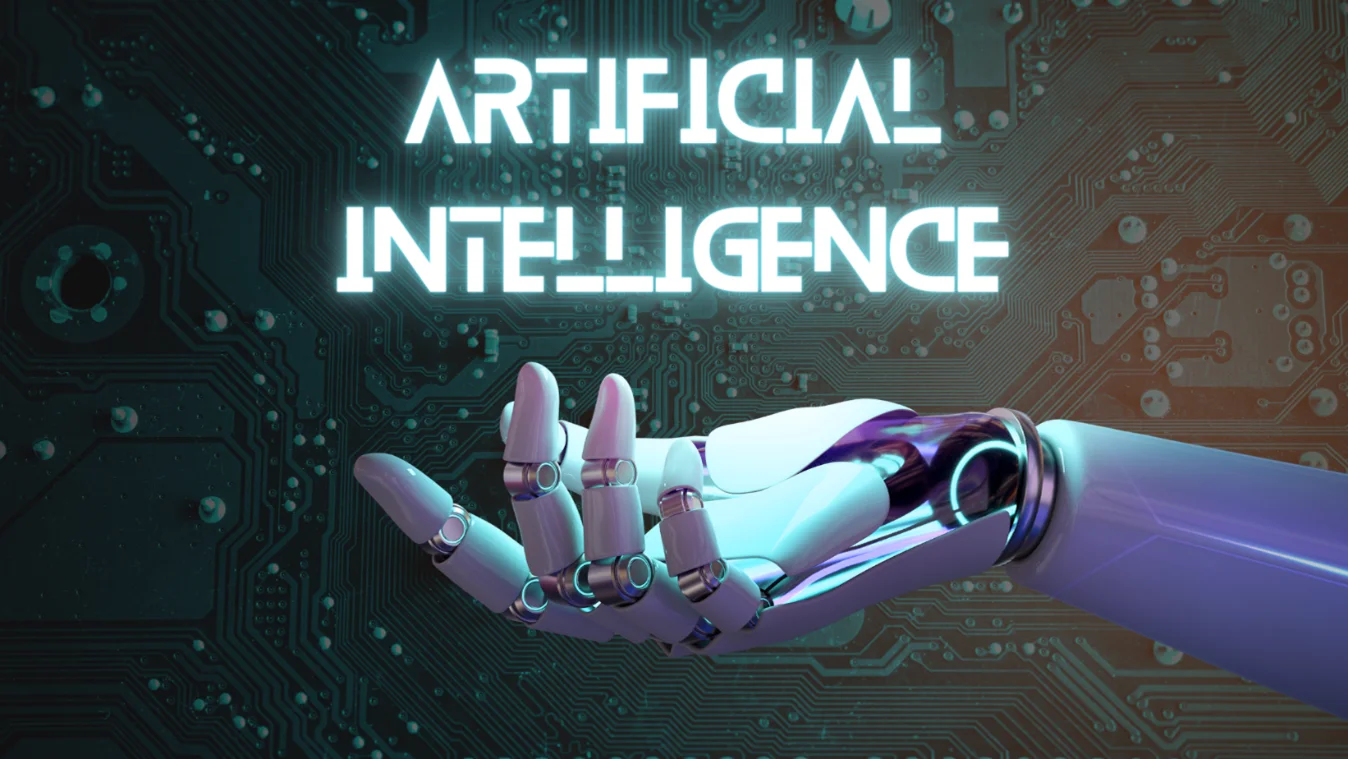Artificial Intelligence (AI) has rapidly transitioned from the realm of science fiction to an integral part of our daily lives. From personalized recommendations on streaming platforms to the voice assistants in our smartphones, AI is everywhere. But what exactly is AI, and how does it work? This guide will demystify the core concepts of AI, Machine Learning (ML), and Deep Learning (DL), and explore how these technologies are shaping our world.
What is Artificial Intelligence?
At its heart, Artificial Intelligence refers to the simulation of human intelligence in machines that are programmed to think like humans and mimic their actions. The ideal characteristic of AI is its ability to rationalize and take actions that have the best chance of achieving a specific goal. Unlike traditional programming, where rules are explicitly defined, AI systems learn from data and adapt over time. For a concise overview, you can watch this video: What is Artificial Intelligence (AI)? – IBM Technology.
AI vs. Machine Learning vs. Deep Learning: Understanding the Hierarchy
These terms are often used interchangeably, but they represent distinct, albeit related, concepts:
•Artificial Intelligence (AI): The broadest concept, encompassing any technique that enables computers to mimic human intelligence.
•Machine Learning (ML): A subset of AI that allows systems to learn from data without being explicitly programmed. Instead of hard-coded rules, ML algorithms build a model based on sample data, known as ‘training data,’ in order to make data-driven predictions or decisions. For a clear explanation of the differences, check out: AI vs ML vs DL Explained Simply – StatQuest.
•Deep Learning (DL): A subset of ML that uses artificial neural networks with multiple layers (hence ‘deep’) to learn from vast amounts of data. Inspired by the structure and function of the human brain, deep learning excels at tasks like image recognition, natural language processing, and speech recognition.
AI in Everyday Life: More Common Than You Think
AI is not just for tech giants; it’s woven into the fabric of our daily routines. To see how AI is changing lives, watch: How AI is Changing Your Life – ColdFusion.
•Personalized Recommendations: Ever wondered how Netflix knows what you want to watch next, or how Amazon suggests products you might like? That’s AI at work, analyzing your past behavior and preferences to provide tailored suggestions.
•Voice Assistants: Siri, Alexa, Google Assistant – these AI-powered assistants understand your spoken commands, answer questions, and perform tasks, making your life more convenient.
•Spam Filters: Your email inbox is protected by AI algorithms that identify and filter out unwanted spam messages, keeping your communications clean and secure.
•Fraud Detection: Financial institutions use AI to detect fraudulent transactions by analyzing patterns and anomalies in vast datasets, safeguarding your money.
•Navigation Apps: Apps like Google Maps use AI to analyze real-time traffic data, predict congestion, and suggest the fastest routes, helping you reach your destination efficiently.
For more on the different categories of AI, explore: Types of AI – ANI, AGI, ASI – Simplilearn.
The Future is AI-Powered
As AI continues to evolve, its applications will become even more sophisticated and integrated into our lives. Understanding the basics of AI is no longer just for tech enthusiasts; it’s becoming essential for everyone. MindTraxAI is committed to empowering businesses and individuals to thrive in this AI-driven world, providing ethical and transformative AI solutions. Learn more about our offerings on our Services page.
Stay tuned for our next blog post, where we’ll delve deeper into how AI works, exploring the fascinating world of Machine Learning and its practical applications.

